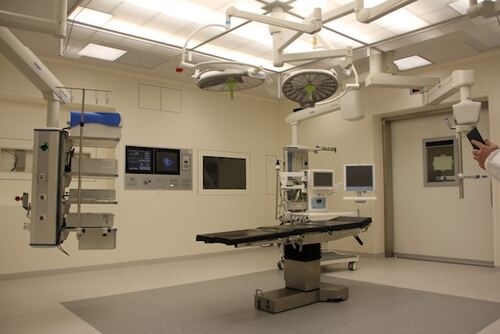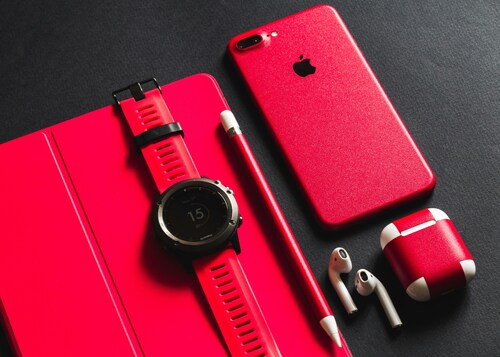Ensuring medical device safety and efficacy is paramount in healthcare. Human factors engineering plays a crucial role in the development process, focusing on optimising the interaction between people and the devices they use. This discipline is integral to designing medical products that are functional, user-friendly and fail-safe.
Human factors engineering ultimately contributes to improved patient outcomes and overall healthcare quality. This article delves into how this discipline enhances safety in medical device development, highlighting the critical role of medical device design services. Read on to discover how it ensures the safety and effectiveness of healthcare technologies.
The Foundation of Human Factors Engineering
It centres on understanding the user’s needs and behaviours to optimise device design and functionality. It’s about more than just aesthetics; it involves a deep dive into how device features relate to user safety and performance. When medical equipment design services integrate human factors principles from the onset, they help ensure that devices are accessible and intuitive for users of varying skill levels. This foundational approach minimises risks and errors, potentially reducing the incidence of device-related injuries and fatalities.
Addressing the Human Element
One of the biggest challenges in medical device development is accommodating diverse user groups. This includes considering factors such as age, physical ability, and even stress levels under which the device will be used. Human factors engineering seeks to bridge these differences by creating adaptable and accommodating designs for all users. For instance, a critical care monitor must be easy to operate in the high-stress environment of an ICU, with clear displays and simple controls to ensure quick, accurate readings regardless of the operator’s experience level.
Iterative Testing and Feedback: The Path to Perfection
Iterative testing is a core aspect of human factors engineering. This process involves repeated testing and refinement phases to hone the device’s usability. Medical device design services often employ techniques like usability testing with real users in simulated environments to gather genuine feedback. This feedback is invaluable, providing insights into potential issues that might not be apparent to designers or engineers. By iterating on design based on real-world use, developers can fine-tune devices to meet safety and usability standards effectively.
Risk Management and Compliance
Integrating human factors engineering into medical device design is not just good practice—it’s often a regulatory requirement. Regulatory agencies mandate that medical device developers consider human factors to mitigate risks associated with device use. Through comprehensive risk assessment processes, designers and engineers can identify and control potential hazards in medical device operations. This proactive approach ensures compliance with international safety standards and reduces the likelihood of costly recalls or legal issues.
Enhancing Device Accessibility and Adoption
The ultimate goal of incorporating human factors into medical device development is to enhance the accessibility and adoption of these technologies. Devices designed with the end-user in mind are more likely phone to be accepted by healthcare professionals and patients alike. This acceptance is crucial for widespread adoption, which can lead to better health outcomes at a broader scale. Furthermore, devices that are easy to use reduce training time and costs, contributing to a more efficient healthcare system.
Human factors engineering is essential in developing safe, effective, user-friendly medical devices. Medical device design services can create products that meet clinical needs and enhance the overall user experience by focusing on the interaction between human beings and technology. As technology advances, the role of this principle in medical device development will undoubtedly become even more critical, paving the way for innovations that revolutionise patient care.



